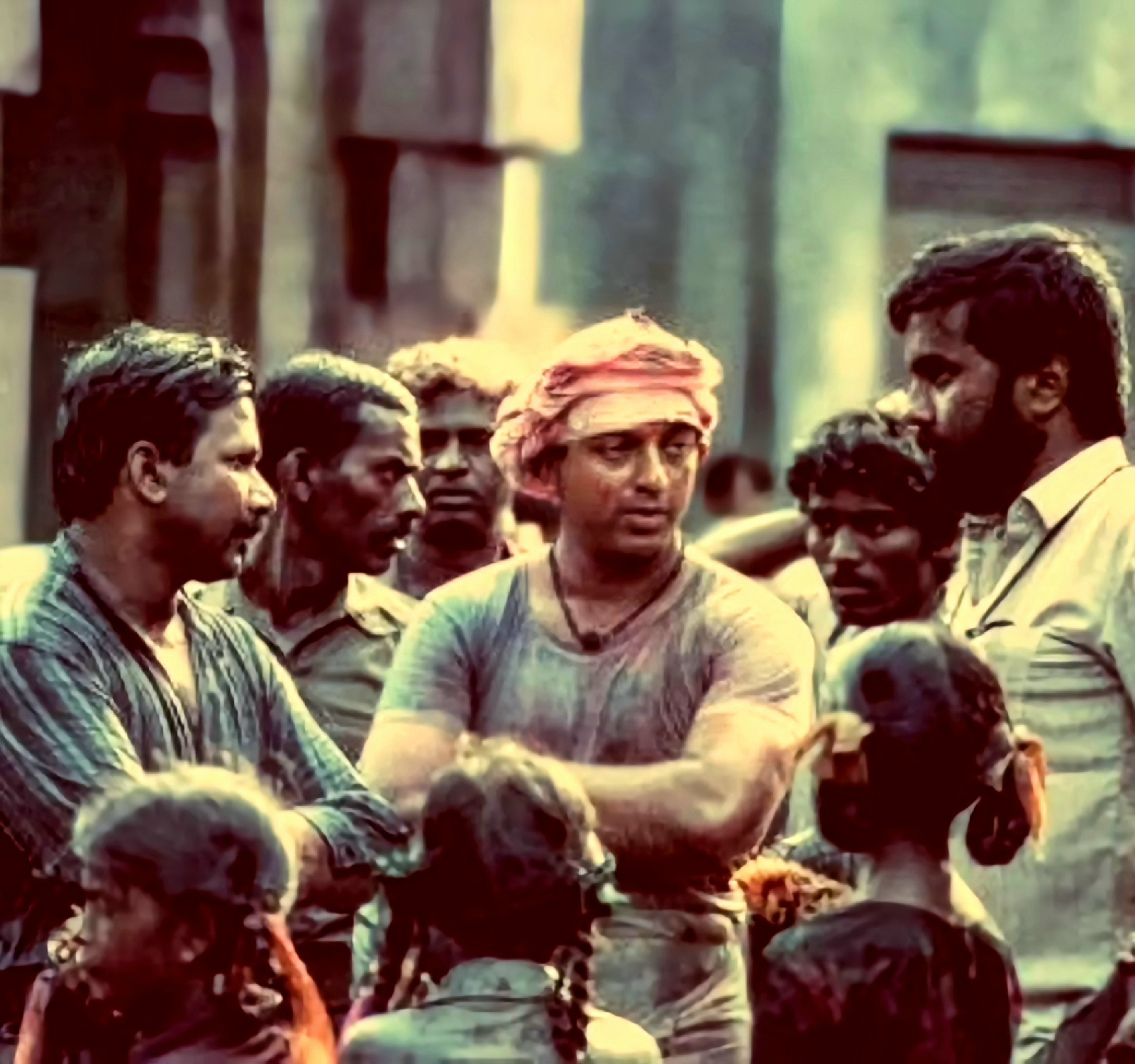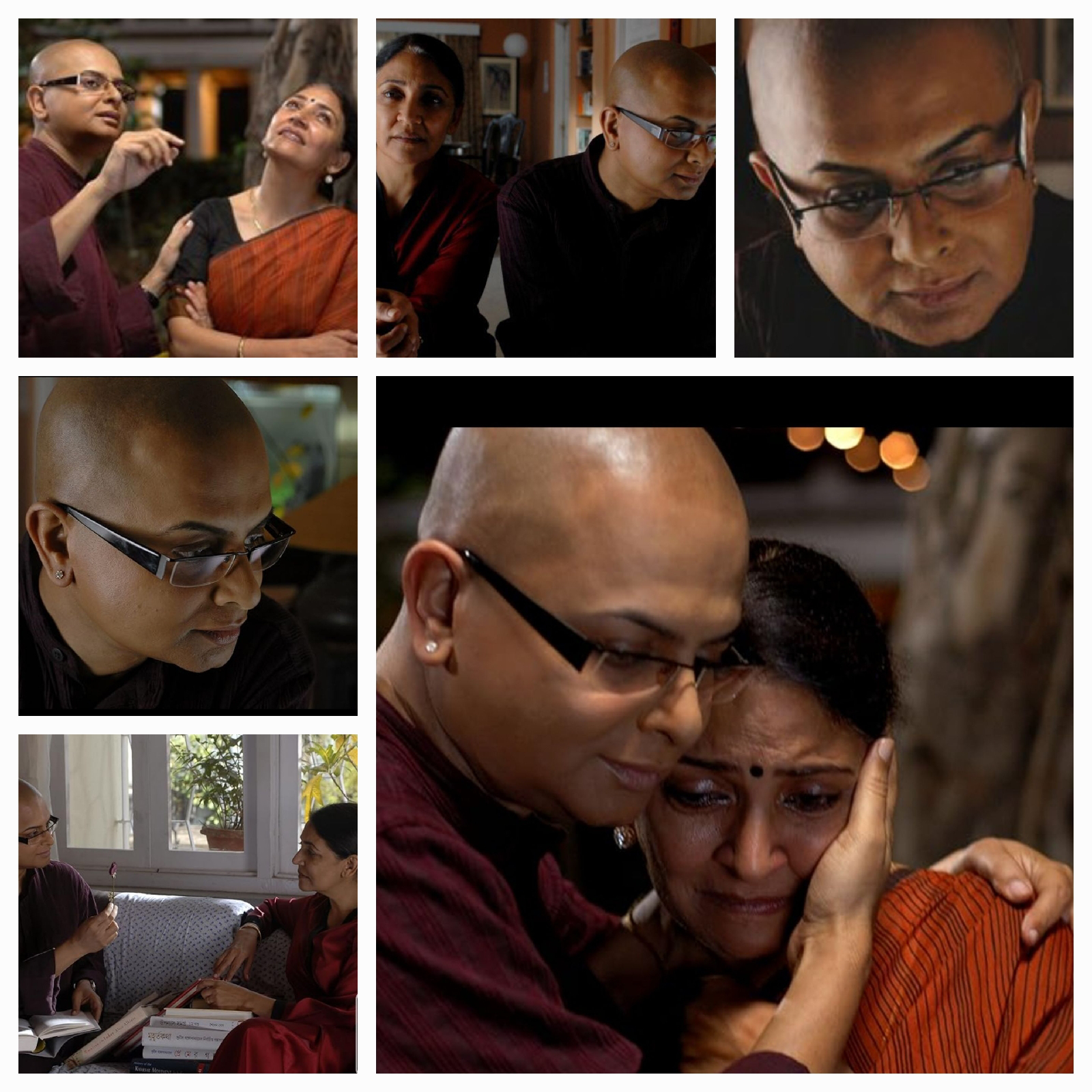Three Legends, One Masterpiece: The Legacy of Nayagan
Three Legends, One Masterpiece: The Legacy of Nayagan
Mani Ratnam, Kamal Haasan, and P.C. Sreeram – three iconic personalities of Indian cinema – came together in 1987 to create a cinematic marvel, Nayagan. This film redefined Tamil cinema, setting a new benchmark for storytelling, acting, and visual brilliance. Drawing inspiration from Mario Puzo's The Godfather and based loosely on the real-life Mumbai underworld don Varadarajan Mudaliar, Nayagan presented a raw yet deeply emotional journey of a man who transitions from a commoner to a revered yet feared gangster.
Mani Ratnam’s directorial genius brought an exceptional depth to the narrative, weaving complex human emotions with themes of power, loss, and morality. The screenplay’s layered characters and morally ambiguous choices made Nayagan resonate with audiences far beyond Tamil Nadu. Kamal Haasan’s portrayal of Velu Naicker remains one of his finest performances, earning him the National Film Award for Best Actor. His meticulous preparation for the role—learning the nuances of the Mumbai Tamil dialect and living the life of his character—cemented his place as one of the finest actors in Indian cinema.
The film would not have been the same without P.C. Sreeram’s visual mastery. His cinematography brought Mumbai's bustling streets and dark alleys to life, with innovative lighting techniques and impeccable framing. His camera not only captured the physical journey of Velu Naicker but also reflected his emotional turmoil. The rain sequences, the long tracking shots, and the use of natural light remain a case study in cinematography even today.
Adding further depth to the film was Ilaiyaraaja’s soul-stirring score. The song Thenpandi Cheemayile stands out as a haunting melody, reflecting the emotional struggles of Velu Naicker, making the film’s music inseparable from its narrative.
Nayagan did more than tell a gangster’s story; it explored existential themes of justice and survival. Velu Naicker’s oft-quoted line, “Neenga nallavara kettavara?” (Are you a good man or a bad man?), became an iconic moment in Indian cinema, highlighting the duality of human nature.
The film’s influence is seen across generations, inspiring filmmakers and actors alike. It became India’s official entry for the Oscars in 1988 and was later included in Time magazine's list of 100 greatest films of all time. The collaboration between Mani Ratnam, Kamal Haasan, and P.C. Sreeram became a symbol of artistic excellence, proving that when three legends come together, the result is timeless.
Venkataramanan Ramasethu
October 29, 2024


